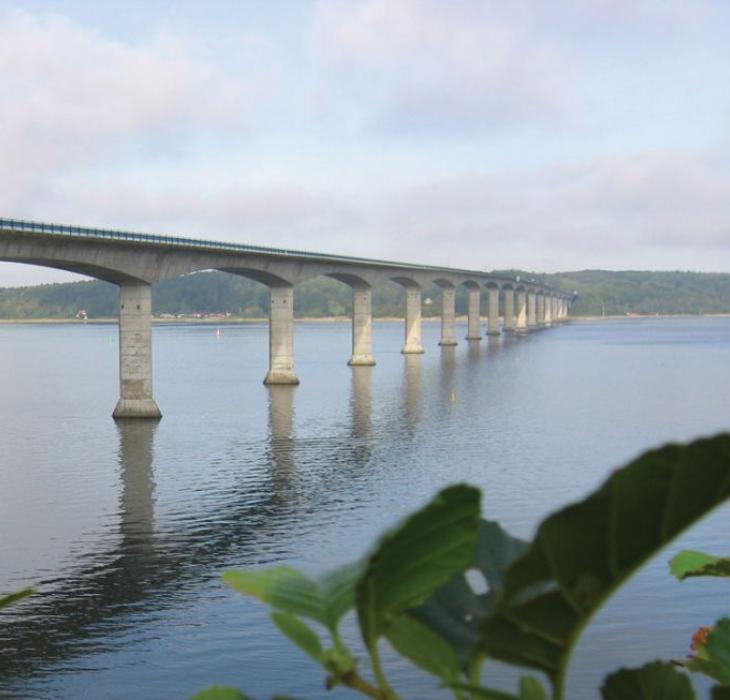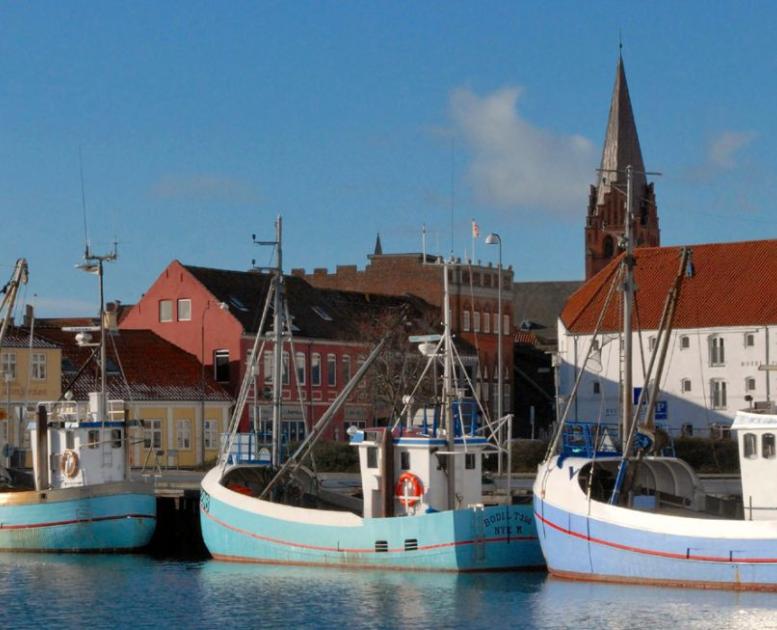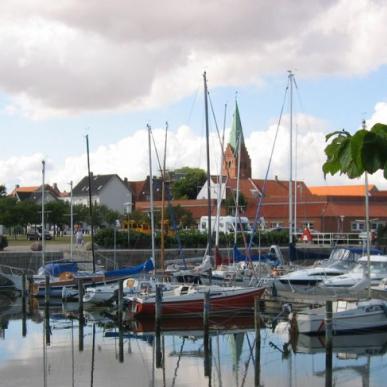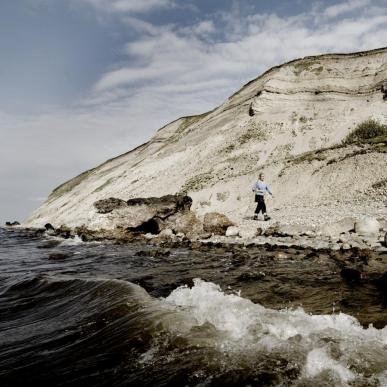

Info about Mors
367 square kilometres of true holiday experiences await you on Mors. The biggest island in the Limfjord is known for its unique and varied scenery, the Limfjord’s many opportunities for active holiday and for delicious fish and shellfish caught by local fishermen.
The island’s varied nature ranges from the dramatic moler cliffs on Northern Mors that shows 55 million years of history to the more peaceful Southern Mors, which has rich agricultural areas and big, quiet plantations such as Legind Bjerge. The Limfjord also leaves its mark in the landscape – a landscape that has impressed locals and visitors, including many artists, throughout centuries. Mors is still known for its many artists and craftsmen, who are often inspired by the unique and varied landscape.
The island is traditionally an agricultural area and farming continues to be a prominent industry on Mors. It is also home to a number of industries and also fishing along with development and research within the area employ many people on Mors. Mors has a range of small and bigger harbours around the island. Fish and shellfish are landed in Nykøbing and Sillerslev. At Ejerslev Harbour you will find an idyllic lagoon and deep still water surrounded by the diatomite cliffs (Moler). Thissinghuse Harbour is small and quiet with a wonderful atmosphere. Sundby harbour has been through an exciting and active development over the last few years, and in June 2013 a new marina was opened at the foot of the Vildsund Bridge.
There are many ways to discover the island. We recommend to follow Margueritruten, a route where you can experience some of the island’s beautiful scenery and a selection of the many offers on the island.

